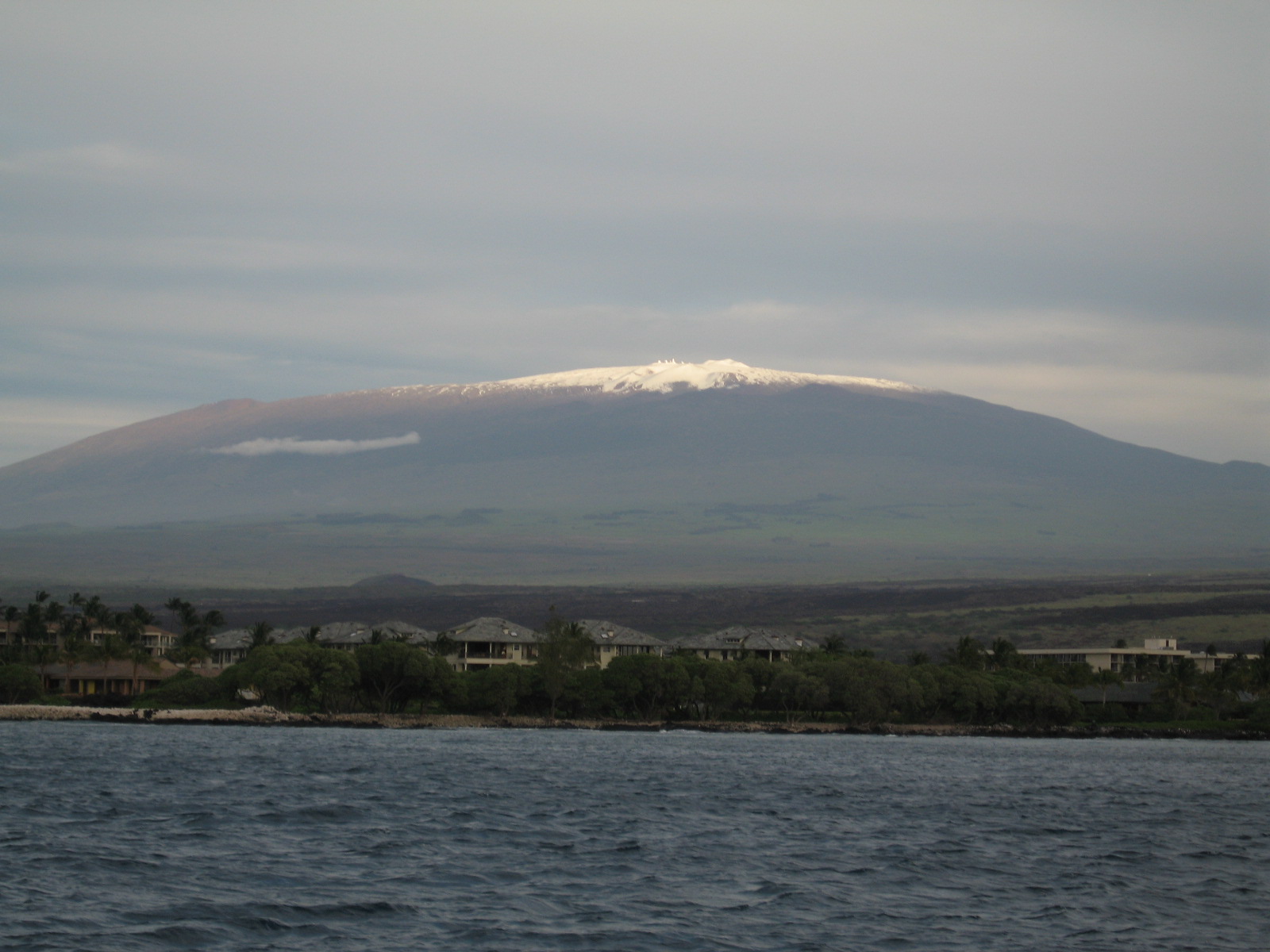Image by Vadim Kurland - originally posted to Flickr as IMG_2673.JPG, CC BY 2.0, Link
Alex Miller, Maria Teresa Houar, Jonathan Fisk, & LynleyShimat Lys
This month marks the 50th anniversary of the Stonewall Riots, a foundational moment for the LGBTQIA+ liberation movement. New York City’s multiracial LGBTQIA+ community rioted against police brutality in response to a late-night raid of the Stonewall Inn. Half a century later, it is important for us to remember the angry, political, and disruptive roots of the LGBTQIA+ movement. While trans and gender non-conforming (GNC) people of color have always been instrumental in the alliances that powered the Stonewall Riots and the many decades of activism since, these same members of our communities today are at much higher risk of violence than their white and cisgender contemporaries. As Black lesbian feminist Audre Lorde wrote, “I am not free while any woman is unfree, even when her shackles are very different from my own.” We, the LGBTQIA+ community, must resist oppression in all forms, including colonialism.
For queer settlers in Hawaiʻi, Pride is the time to practice the solidarity that was the founding principle of our movement. On October 30th, 2018, news broke that The Hawaiʻi State Supreme Court ruled in favor of continued construction of the Thirty Meter Telescope (TMT) on Mauna Kea, despite intense resistance and outcry by the Kanaka Maoli community and allies. Earlier that day, University of Hawaiʻi (UH) President David Lassner sent a system-wide email calling for a renewed “climate of aloha” at UH which centered on civility, tolerance, and kindness. This email was veiled as a response to the rapid spread of violent political rhetorics across the United States, and the deliberate erasure of trans and GNC identities by the Trump administration.
As queer settlers, we (the authors) were and continue to be furious that Lassner would co-opt the struggles faced by the trans community to veil the UH administration’s active silencing of Kanaka Maoli voices and erasure of Kanaka Maoli bodies. As those of us who are trans and GNC are well aware, the UH system isn’t a trans-safe environment. The system also repeatedly fails in its mission as a Native Hawaiian-serving institution, or even to serve as a safe space for Kanaka Maoli and other Indigenous peoples. It was hard to miss the hypocrisy of calling for a watered-down version of “aloha” while the UH administration violently pushed forward with the construction of the TMT. Lassner serves only the wallet of UH by co-opting and distorting aloha as a synonym for passive civility.
In similar contexts, scholar-activists such as Jasbir Puar have used the term pinkwashing to describe Israeli state uses of purported LGBTQIA+ safety and acceptance to distract from human rights abuses against Palestinians – painting a rainbow on an Israeli plane does nothing to cover up daily violence against queer Jews and all Palestinians.
Every October, Waikīkī dons rainbow flags for another lavish, corporate-sponsored, and largely settler-directed Honolulu Pride™. The obvious lack of Indigenous representation demonstrates how little LGBTQIA+ settlers understand the struggles of the Kanaka Maoli community. Having the Honolulu Pride™ celebration in October accommodates “Pride-hoppers,” mostly wealthy, white, cisgender gays, and reminds us that in Hawaiʻi, even spaces of community and celebration are forced to cater to tourists before locals. “Aloha” and Hawaiian culture are tokenized to market the festival, but there is little to no representation from the Kanaka community, let alone accountability for the injustices faced by Native Hawaiians. Whole websites are dedicated to selling Hawaiʻi to gay tourists, including cheapening Mauna Kea to simply another tourist location. But Hawaiʻi, like occupied Palestine, isn’t the queer paradise this settler pinkwashing depicts it to be. Aloha is not for sale.
The pain experienced by the Kanaka Maoli community because of the TMT construction should resonate with us as non-Kanaka LGBTQIA+ people. The collective trauma of the queer community includes being silenced and evicted from our own homes, which parallels how Native Hawaiians are pushed to the margins in their own homeland. We have witnessed with rage and heartbreak as our family members’ deaths were ignored during the genocide of the AIDS epidemic, just as Kānaka Maoli and the ʻāina continue to experience the genocide of mass incarceration, homelessness, forced displacement, high rates of HIV, and the desecration of their ancestor, Mauna a Wākea.
Building the TMT denies Kānaka Maoli their right to refuse consent. As activists against sexual violence, we should demand enthusiastic consent in all situations. Acts of state violence which deny the right to refuse consent deny us our humanity. Continuing to pursue the construction of the TMT, in a situation where consent hasn’t only been denied but was never possible, parallels the sexual harassment and denial of bodily autonomy the state also perpetuates against LGBTQIA+ people. No one has a right to tell Kānaka Maoli how to love, how to define pilina to each other and the land, and how to live in community with the ʻāina. As LGBTQIA+ settlers, we must stand against acts like the construction of the TMT, which perpetuate a culture where domination and power are more important than consent. If we don’t fight for Mauna Kea, we’re complicit in reproducing the very oppression we have fought for over 50 years.
If the TMT construction moves forward, the coming months will bring not only violence enacted against the ʻāina, but also the criminalization and violent arrest of protectors of the Mauna by state and federal agencies, just as we saw in 2015, and at the 2017 HULI nonviolent action to remove Sam Gon III from the BLNR. Among those arrested will be some of our Kanaka Maoli siblings who love and live outside of imposed gender and sexual norms – some have already been arrested protecting the ʻāina. We owe them the support of our voices, our money, our labor, and our bodies.
We stand in solidarity with our friends, classmates, and colleagues who organized the Wehe Kū ceremony, who protested TMT at the recent UH Mānoa graduation ceremony, and who gave testimony at the June Hearings for Proposed (anti-Kiaʻi) Rule Changes for Mauna Kea. Kū kia‘i mauna!

